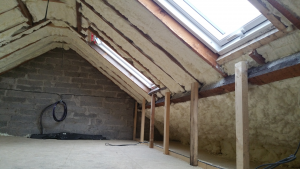Attic Spray Foam Insulation Rathnew
3 Bed Semi Attic Insulation Rathnew
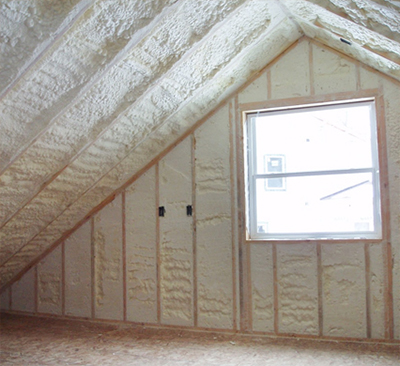
Attic Insulation Rathnew
Spray foam can be used in many situations. Spray foam is beneficial for roofs, windows or exterior walls.
Spray foam insulation is not only warm and comfortable in winter but also cools your home in summer. Because of its “Cell” structure and composition, it allows moisture-laden air to escape. This helps the house breathe.
Benefits of Spray Foam Insulation for your home
Other applications include agricultural farm houses and commercial andindustrial buildings, sheds and shipping containers.
It also acts as an airtight shield around the house to keep out cold wind and rain. It allows the heat from your home to escape, which is what most other insulating products today fail to do.
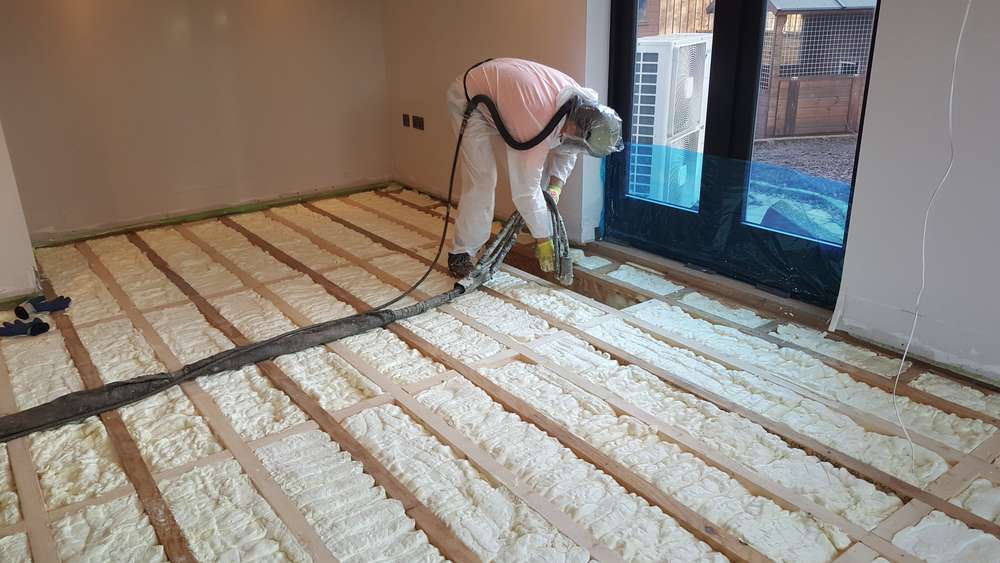
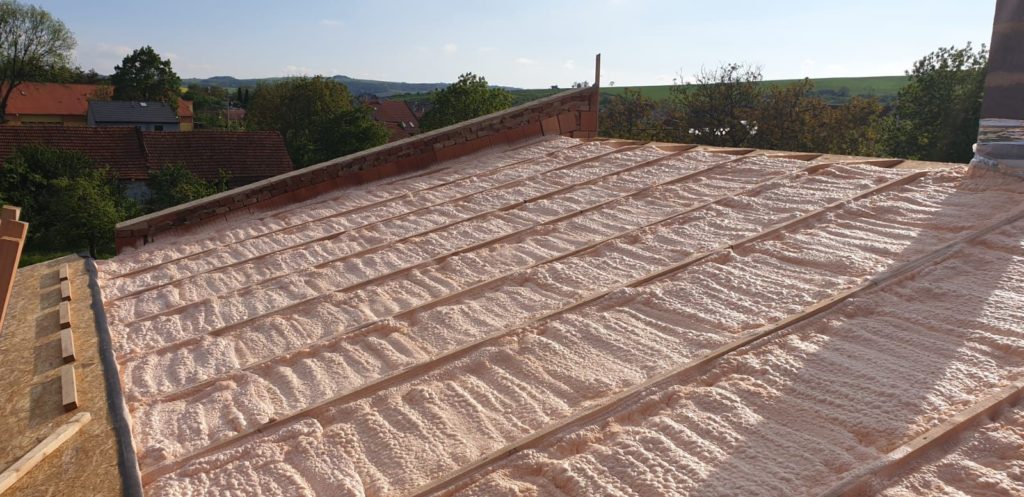
Cost Price Of Spray Foam Insulation
Spray foam insulation can be regarded as the most efficient insulation material. It has a higher insulating value than other materials like rock wool or fiberglass.
Spray foam insulation also works well as an sound barrier. Spray foam insulation reduces outside noise significantly. This is particularly beneficial if the home or business is located near an airport or densely populated city.
Insulate Your Rathnew Property Properly
It is often used to reduce sound travel from one room to another or between floors within the walls. It is ideal for bathroom walls as noises from the toilet and showers can often be irritating.
It is easy to use and does not cause any disruptions to your daily activities.
It is possible to insulate a traditional Irish house in one day.
Encasing the pipes and insulation reduces noise coming from under-floor or in-wall piping.
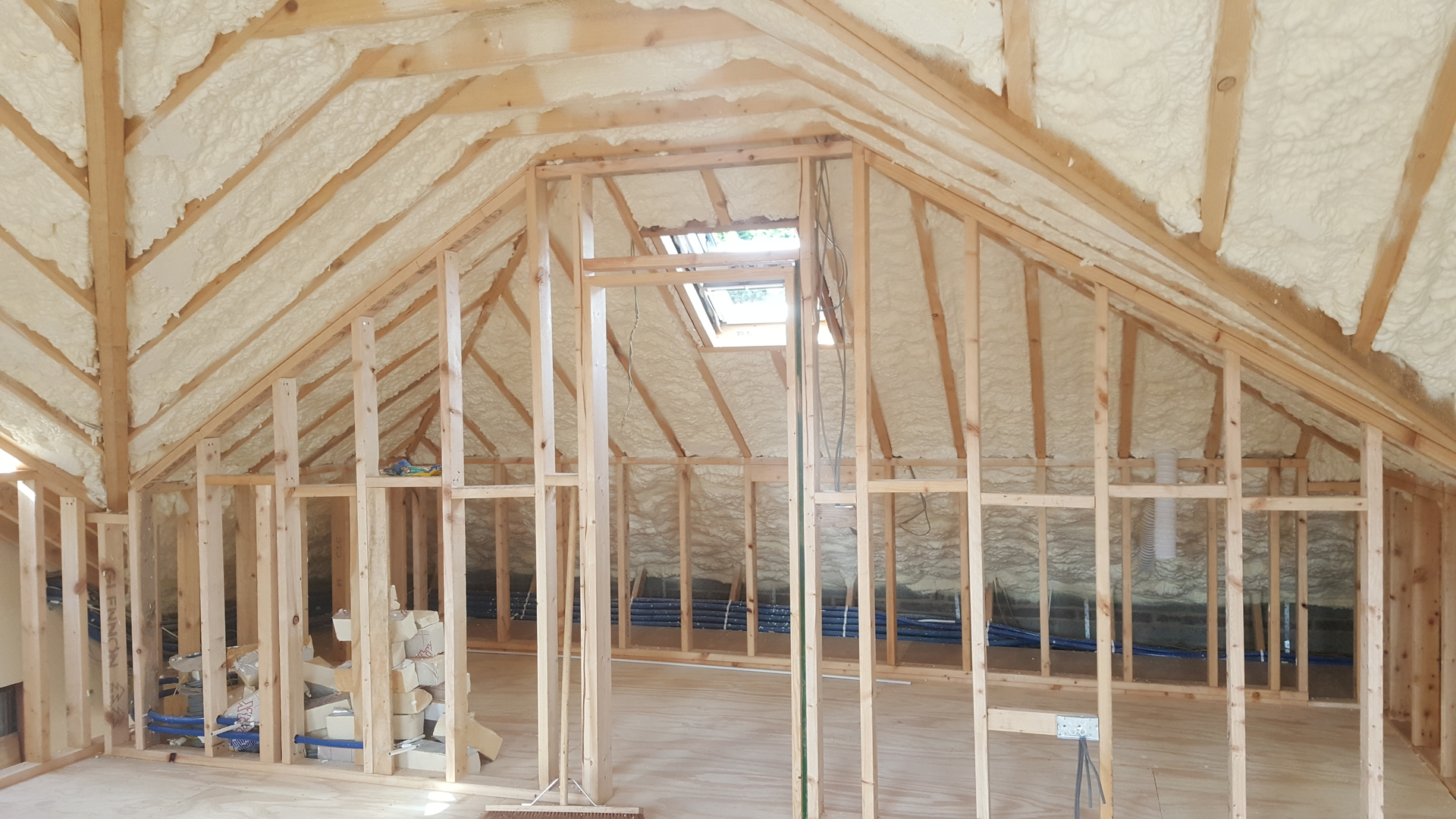
Plan to store things in your loft or attic, so you’ll need to put boards on top of the joists. Insulation will not be thick enough if you insulate only between the joists.
It dramatically reduces sound transference when used within walls and attics, roofs, floors and roofs. This is in contrast to fibreglass and rock wool as well as polystyrene and polystyreneboards. Its dense composition and the application process creates an entirely airtight environment. It is able to block sound from the exterior environment (e.g. traffic, pedestrians, etc.) and prevents infiltration in areas where there are airports or heavy industries.
It also prevents sound generated from within a building from reaching adjacent floors or the floors below them. Spray foam insulation could reduce the amount of noises generated by structures such as running showers or washing machines.
Spray foam insulation that is both flexible, and filled with millions and millions of air bubbles will absorb the vibrations of the floor. The floor’s wooden members and floor will also be affected. Spray foam insulation reduces transmission of airborne sounds by sealing and filling every crevice.
Spray foam insulation also dampens, if it is not eliminated completely, sounds that could originate from beneath a floor such water flowing through pipes. It completely covers the pipes and prevents them from rattling. It eliminates the sound that is made when hot water flows through pipes from heating system. This causes wooded joints to expand, creak, and groan.
It also stops heat from escaping to the upper levels, which makes the lower floors cooler and requires more heat to keep them warm.
If your loft is easily accessible and does not have condensation problems, insulation should be straightforward.
An uninsulated home loses 25% of its heat through its roof. Insulating your roof, attic, and loft is a good way to reduce heat loss. It will also reduce your heating bill.
Rolls of mineral wool insulation can be used if access is good and the loft joists have regular dimensions. The insulation begins by placing the first layer between the joists. These are the horizontal beams that form the loft’s floor. A second layer is then laid at right angles to cover and seal the joists.
To ensure sufficient insulation, raise the floor height so that you can place enough mineral wool below the new floor. You can install timber battens on the floor joists. Or, you can use purpose-built legs made of plastic that fit on the leg and support the floor. You should leave enough air space between insulation layers and boards to prevent condensation.
Do not squash the mineral Wool when fitting the boards onto the top. This will cause it to lose its insulation properties.
Insulation stops heat from escaping to living spaces. If your loft is not cool enough, it could make existing damp or condensation worse. Do not forget to improve ventilation if loft insulation is being installed by you.
The insulation can be fitted between and over the roofing rafters, which are the flat timbers that support the roof. You have the option of using rigid insulation boards carefully cut to size or foam insulation sprayed between your rafters.
Some companies may offer to repair your roof with foam insulation. This is not something that we recommend. Before you add insulation to your roof, make sure it is in good shape.
If you would like to use your loft’s roof space as a heating room, then you should take a different approach and make a separate room.
You will need to insulate the loft walls and ceilings if you intend to use it as your living space.
Your house must allow air to flow freely in order for it to stay fresh, dry, and healthy. Good installers will ensure that there is no obstruction or sealing of any inadvertent ventilation. When DIY insulation is done, ensure that you don’t cover any vents grilles or airbricks.
If the loft is not easy to access, a professional can install blown insulation. This specialist will use special equipment that can blow insulation into difficult spaces. They might use treated cellulose, mineral wool fibre or polyurethane foam.
Flat roof insulation can save you as much on heating costs than loft insulation. The size of your flat roof will affect the savings.
If the loft is accessible, has no damp problems, and is not on a flat roof you can likely insulate it yourself. A professional installer is required for cases where damp problems are present or complex insulation systems are needed.
Your loft hatch could become colder due to the cooler air. This can be prevented by installing an insulated hatch in your loft and putting strips of draught-exclusion material around the hatch edges.
Insulating your groundfloor is a great way for your property to stay warm as well as lowering your energy bills.
Insulating your loft is a great way to cut down on heating costs and save energy. It also keeps the home warm in winter. It doesn’t matter if you have insulation in place, but it is important to get the right amount to make it work.
Loft floor rolls – These are the classic option. They are laid along the loft’s floor. They are much easier to lay than insulated floors boards. They can be purchased as either loose (blanket), or encapsulated (blanket), and can be used to make both top and base layers. You can board them over with stilts to create a raised storage platform.
These suggestions and recommended items aren’t included in this article’s list of materials or tools. Before you start insulation of your loft floor, make sure you have read all instructions.
Although insulation is present in many homes, it might not be as effective as you would like. It could be that the insulation has been compressed with storage boards or not being topped up for a while. In some older properties, the loft floor may only be 25mm deep.
Good news is that you don’t need to remove existing loft floor insulation. To achieve the recommended amount, you can just add one or several layers to it. You will find more information about the recommended amount in the article.
Your loft floor’s joint spacings will affect the width of the roll. This is because insulation is rolled between these joints. It is best to choose one that matches your joist spacing. This reduces the need for trimming.
The insulation must meet the requirements for thermal resistance. Another alternative is to measure the thickness of insulation if you only lay loft rolls. This section will provide you with information on how to calculate the thickness of your loft floor insulation.
Areas We Service
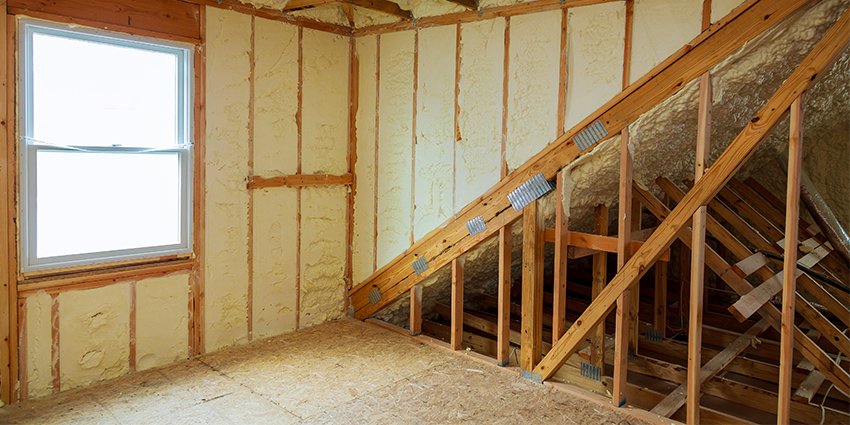

Parkhill, Dublin
01 5255297
